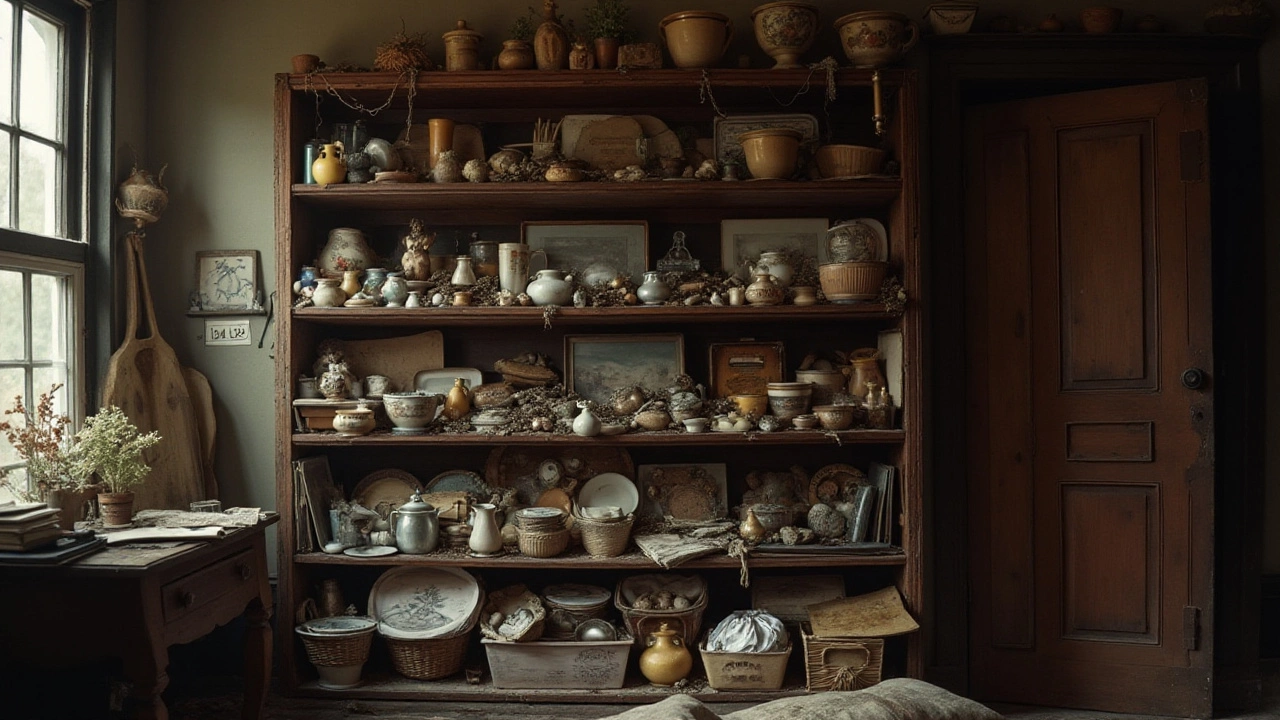Storage Drawbacks You Need to Know – Why Bad Storage Hurts Your Home
Ever bought a fancy storage unit only to feel more cramped? You’re not alone. The truth is, many storage choices create more problems than they solve. From hidden damage to wasted space, the downsides can add up fast. Let’s break down the biggest drawbacks and show you simple ways to fix them before they ruin your room.
Common Problems with Typical Storage Choices
First off, most people overload shelves or tuck things into corners they can’t reach. When you pile heavy boxes on a flimsy shelf, the weight can bend or break the wood, leaving you with costly repairs. Stacking items too high also makes it hard to grab what you need, so you end up pulling everything out just to find one thing. That wasted time feels like a mini‑marathon every time you need a pair of gloves or a birthday card.
Second, the wrong material can trap moisture. Plastic bins with no vents are great for keeping dust out, but they also trap humidity. Over time, that moisture can mildew fabrics, paper, or even wooden furniture. The result? You spend more on replacements than you saved by buying cheap storage.
Third, aesthetics get ignored. A room full of mismatched bins and open‑edge shelves looks chaotic, which can affect how relaxed you feel at home. Cluttered visuals also make a space feel smaller, even if the square footage hasn’t changed. It’s a psychological drawback that many overlook.
Finally, over‑optimizing for “maximum capacity” can backfire. When you force everything into a small closet, you lose breathing room, and pushing items together can cause scratches or dents. Your beloved vase might end up with a chip, and that’s a cost you didn’t budget for.
Easy Ways to Dodge Those Drawbacks
Start with a quick audit. Pull everything out of a drawer or closet and ask yourself if you’ve used each item in the past year. If not, consider donating or selling it. Reducing the volume of stuff you store is the fastest route to fewer problems.
Choose storage that matches the weight of what you plan to keep. A sturdy metal rack works great for books and kitchenware, while lightweight fabric bins are perfect for seasonal linens. Look for units with adjustable shelves so you can customize height for each category.
Ventilation matters. Opt for containers with breathable lids or add a small silica gel packet to keep moisture low. If you must use plastic bins, open the top occasionally to let air circulate.
Keep frequently used items at eye level. Store the stuff you need daily where you can reach it without kneeling or climbing. Reserve higher shelves for things you only need once a year, like holiday decorations.
Finally, think about the look. Choose a few matching colors or textures and stick with them. A unified appearance reduces visual clutter and makes the room feel larger. Even simple labels on the outside of bins can turn a chaotic shelf into a tidy system.
Bad storage doesn’t have to be a permanent headache. By spotting the common drawbacks and applying a few smart fixes, you’ll save time, money, and stress. Your home will feel more spacious, looks cleaner, and you’ll actually enjoy using the space instead of fighting with it.
-

Understanding the Drawbacks of Shelving Systems
Shelving, while often practical and aesthetically pleasing, can present several challenges. Some of the disadvantages include limited space flexibility, difficulty in installation, and maintenance concerns like dust accumulation. The arrangement may not accommodate varying storage needs, leading to inefficiency. Additionally, poor shelving choices can disrupt the aesthetic balance of a room. Exploring these disadvantages can help in making informed choices.
